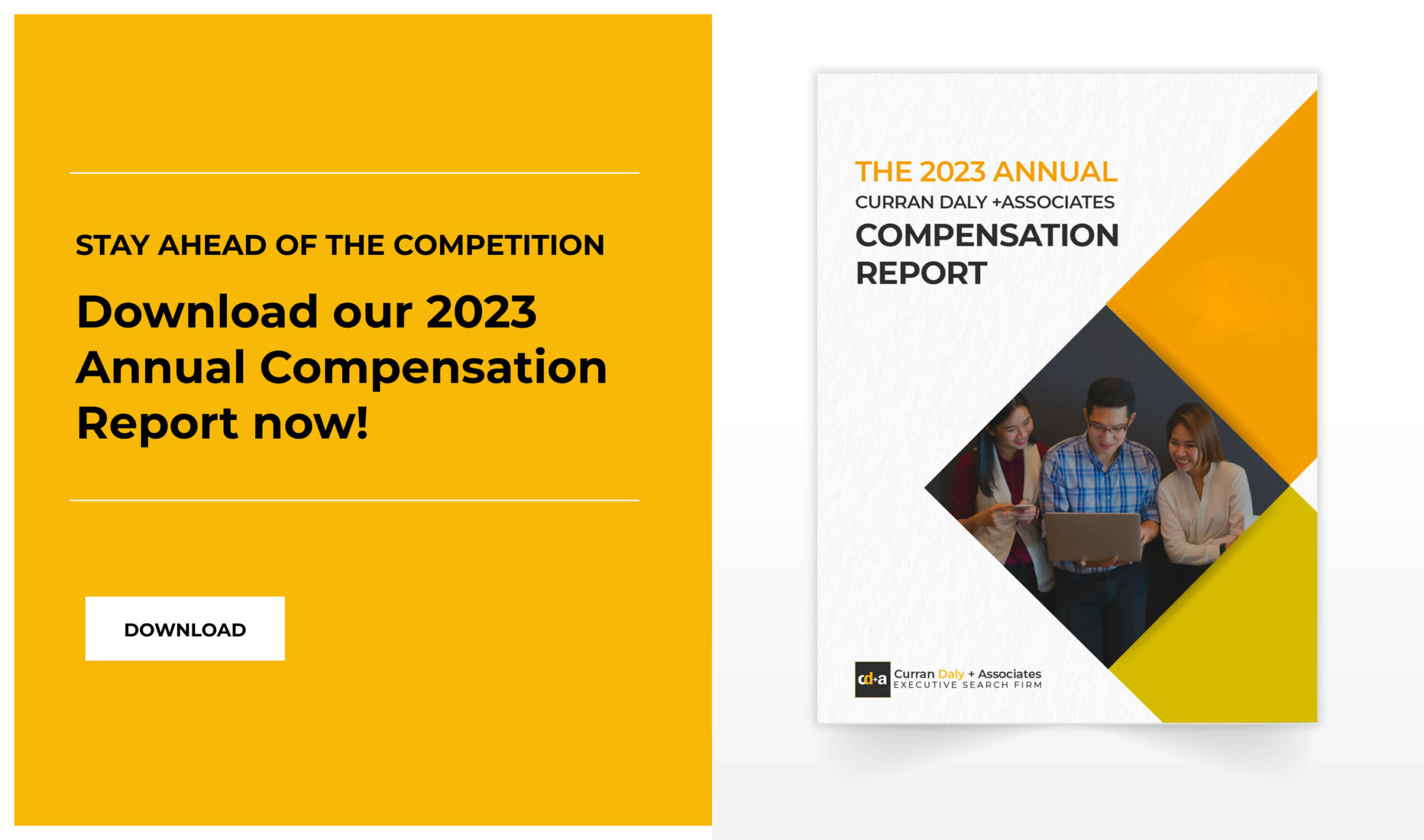Asia continues to be a popular destination for people looking to work overseas. As with every continent, significant changes are impacting on the Asian job market and recruitment agencies need to remain vigilant to ensure they are building the right talent pools and looking in the most productive areas for high quality candidates.
What opportunities are there for active and passive jobseekers? Of course, Asia encompasses a huge variety of different nations and cultures and in a single article it is only possible to summarise broad trends while focusing in on specific case studies as illustrations.
Which industries, jobs and roles are in demand in Asia
A Hays survey of over 3,000 organisations across China, Hong Kong, Japan, Malaysia and Singapore listed the roles which employers were struggling to fill and therefore looking for overseas candidates to fill. At both entry and middle management levels, sales was the most sought after job type. Next on the list were IT and accountancy/finance roles, especially entry level IT roles and middle management accountancy positions.
Many of the trends in Asian industries are driven by advances in technology so IT roles would be expected to increase in popularity in 2019 and beyond. New jobs are being created in fields such as the Internet of Things (IoT), virtual reality (VR), augmented reality (AR) and cloud computing. In industry, much of the supply chain is becoming digitised and the field of digital marketing is also growing as businesses look for new ways to reach and engage with their audiences.
In addition to the overall trend towards technology that all Asian countries are part of each individual country is driving unique local trends. For example, Vietnam is currently focusing on developing its services and manufacturing sectors and creating 50 million new jobs in the process. Elsewhere, digital marketers are in high demand in India, the Philippines and the UAE (specifically Dubai).
How is the relationship between Asian companies and employees changing
New technology has been transforming the way businesses operate across the globe and south east Asia is no exception. When businesses change how they operate, this in turn requires a different relationship with the workforce.
Take PSA, a global port operator. The effects of this irrepressible force of disruption have been recognised by PSA’s CEO for south east Asia Ong Kim Pong. Pong has acknowledged, in an interview with HRM Magazine Asia, that he has had to ensure his workforce are equipped with the advanced skills, multi-disciplinary training and global mindset they will need to realise the company’s ambitions to be a global maritime hub. His company’s actions include placing employees in multiple different roles and even sending them to other countries to ensure they are globally prepared. He is also looking to drive a positive culture and set up a robust pipeline to consistently deliver leaders with integrity.
This example is illustrative of a wider recognition of the importance of culture, employee engagement and flexible working practices for globally-facing Asian companies.
Technology is not the only global disruptor. Whether due to a general move towards greater social responsibility or a recognition that happier employees make for more productive businesses, many Asian countries are tackling low wages and poor working conditions.
Returning to Vietnam, the boom in jobs may have reduced poverty levels to below 10% but the majority of their 6 million strong local workforce are on less than the minimum wage and the 30 million Vietnamese working in family farming or household businesses are isolated from the rest of the job market. In response, the government are introducing a raft of reforms to improve opportunities and working conditions.
How are Asian companies approaching the hiring process?
Recruitment will clearly play a huge role in enabling these positive trends in the Asian marketplace. For example, with the digitisation of the supply chain comes the need to recruit sufficient IT engineers and IT support staff to install and manage the infrastructure. Top recruitment agencies will already be making connections with top talent in these fields to meet this demand. As companies compete for the human resources to drive their lofty ambitions, access to active and passive jobseekers – both local, expat and global – will be critical.
What are Asian firms doing to increase their talent pools and reduce time-to-hire while ensuring a high caliber of candidate?
In Singapore, PSA are helping to train the next generation while increasing the student talent pool by working closely with universities and polytechnics, even helping to design curricula based around port processes of the future. They are also building connections with the Maritime and Port Authorities of Singapore and have set up a Maritime Singapore Connect office to help gain access to jobseekers.
In 2018, according to jobstreet.com, the number one recruitment platform used by Asian recruiters was online job boards (52%), followed by referrals and company careers websites. The same order of priority was favoured by candidates.
Asia also continues to be an attractive destination for migrant workers. An HSBC study ranked countries on various metrics related to their appeal to expats. The top destination in terms of pure salary was revealed as Hong Kong with an average expat yearly salary of $179k. Other Asian countries paying over $100k per year on average were China, Singapore, the United Arab Emirates (UAE), India, Indonesia and Japan. Although, at $90,000, Vietnam didn’t make that bracket, it did come out on top for disposable income and a haven for savings.
Seven Asian countries made the top 30 of an InterNations expat survey of the best places to work. The survey also asked respondents for the reasons for their answers. Expats working in the Philippines, Vietnam and Malaysia praised the affordable cost of living in these countries; Thailand drew plaudits for the overall quality of life; Taiwan were said to offer good quality, affordable health care and Bahrain and Singapore were seen as offering good job prospects.
How are recruiters, especially recruitment agencies, taking advantage of the opportunities to come from this booming Asian jobs market?
The same technological forces that are shaping Asian businesses are revolutionising the leading recruitment agencies, making them better at what they do. These forces include artificial intelligence (AI) and machine learning (ML) technologies which can automate a wide range of mundane recruitment tasks. These include the initial screening of candidates, the removing of bias from application judgments and the scheduling of interviews.
This speeds up the information flow between candidates and recruiters while freeing up those recruiters to attend to more sophisticated human-facing tasks such as face-to-face interviews and pre-interview assessments.
The HR department is also a rich store of data that can help inform recruitment. Evidence from the CIPD demonstrates a big appetite in Asia, particularly south east Asia, for developing a strong people analytics culture – in other words, actively extracting information from HR data banks to inform their work.
In fact, 54% of the south east Asian companies with access to people data said they were already making use of it on a daily basis. That eclipsed the UK and the United States at 26% and 29% respectively. In terms of raw data access, 54% of south east Asian companies said they had such access, behind the UK (57%) but ahead of the United States (41%) and Middle East and African (MENA) countries (50%).
By utilising this data properly, south east Asian firms will be able to tighten up their recruitment process by identifying which types of candidate are the best fit for their culture. They will also be able to reduce churn by spotting the signs of employee unhappiness or disengagement and intervening early.
To summarise, every Asian country is driving its own unique employment trends but all are increasingly influenced by the global move towards technological advancement. IT roles are already highly sought after and this is expected to accelerate with the establishment of the IoT, the digitised supply chain and digital marketing.
Asian employers are increasing their talent pools by forging links with academic institutions and businesses. They are also training their employees to become more globally prepared. However, there is still a skill shortage and migrants, attracted by high wages, increased disposable income and improved quality of life will continue to be a valuable resource.
Recruiters will need to keep on top of these trends and use AI, ML and other technologies to optimise the candidate journey and reduce time-to-hire. Those recruiters and agencies who can harness the power of technology and big data are likely to secure the cream of the talent and become highly sought after by employers.









0 Comments